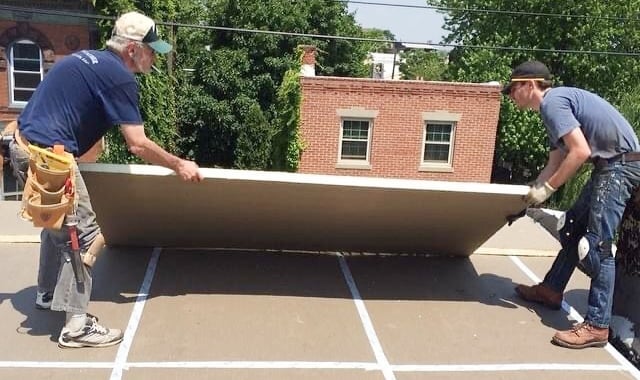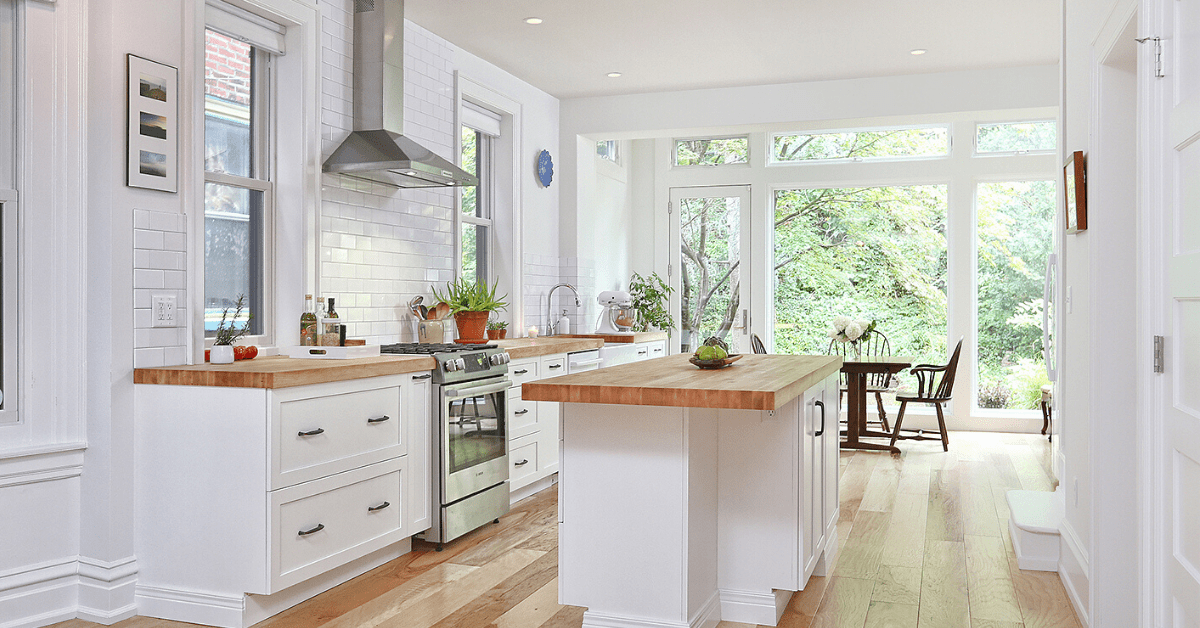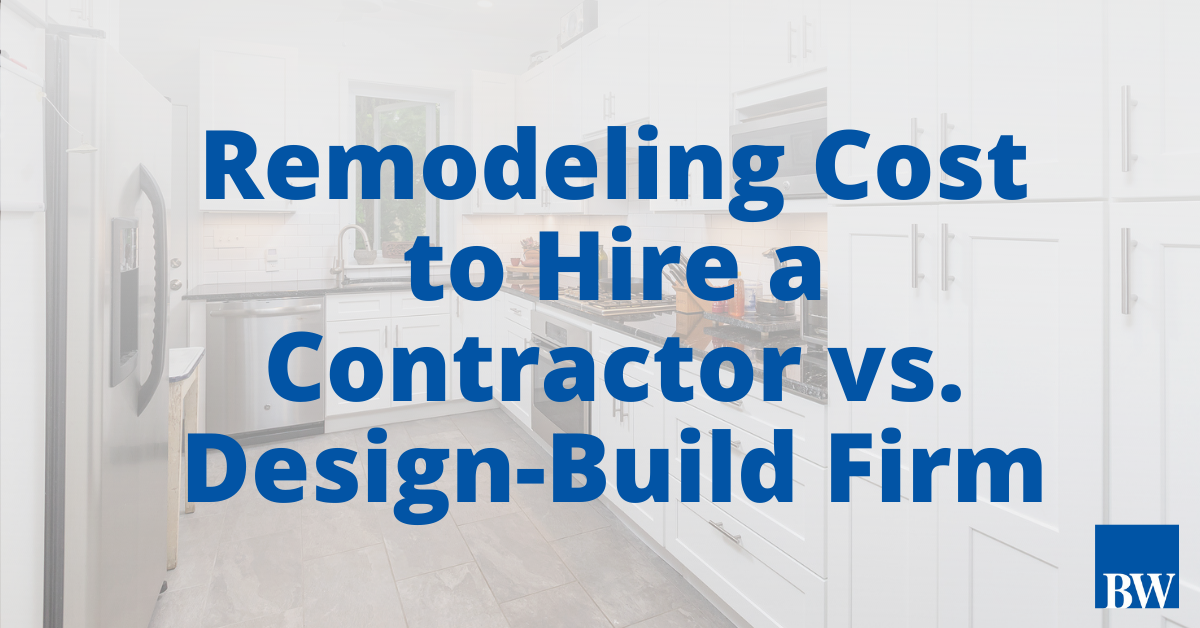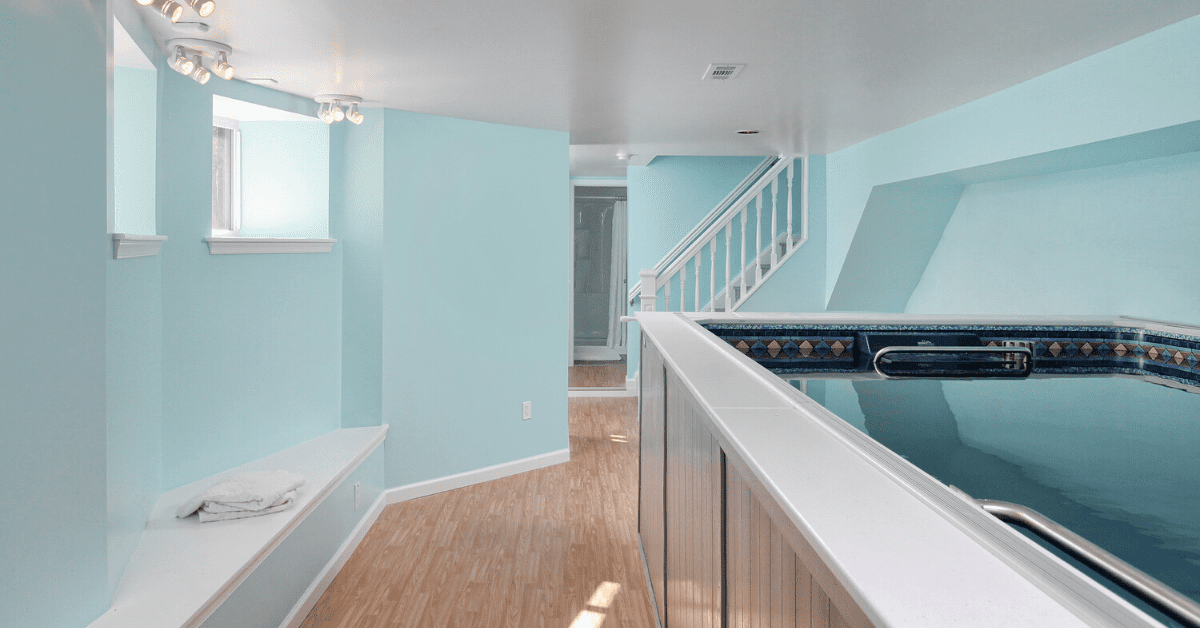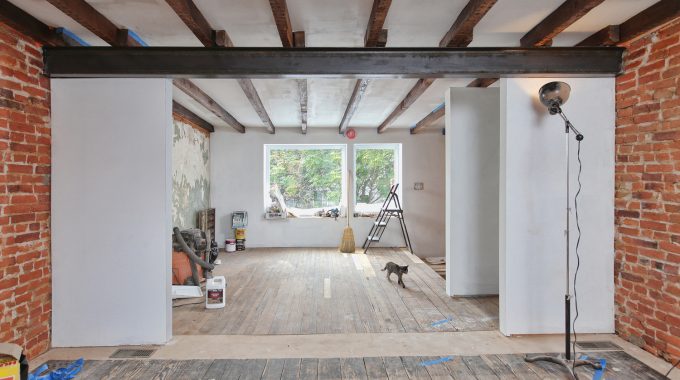
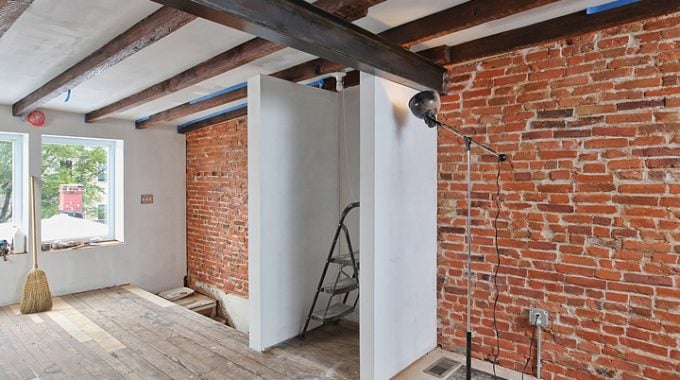
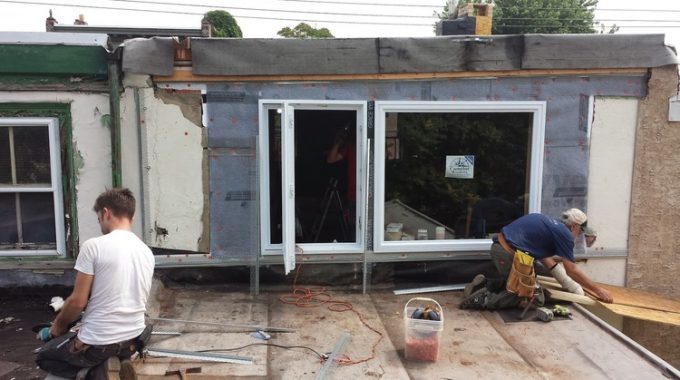



Outside Insulation Solution in Philadelphia Remodel
The Fishtown neighborhood of Northeast Philadelphia boasts a proud working-class history, it’s name derived from the shad fishing industry that developed along its border on the Delaware River.
There’s even an annual festival – Shad Fest – to celebrate its seafaring tradition.Exposed Brick and Steel Beam Warehouse Design
Our clients drew inspiration from their neighborhood’s past to design a 3rd floor master suite with many industrial flourishes: exposed brick walls, surface-mounted electrical fixtures, a new steel S-beam (to replace the old wood one, which allowed us to shorten thewing walls), new over-sized windows, and exposed original roof rafters. We finished the steel with a rubbed finish of boiled linseed oil for a raw but sealed appearance to resist corrosion.
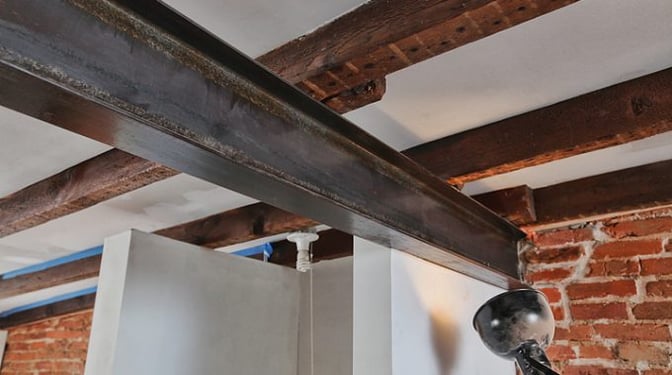
While each of these details posed its own set of challenges, the exposed roof rafters created some unique problems. First, how to insulate? There would have been tremendous heat loss without insulation in the 3rd floor ceiling cavity. Second, how to create a fire barrier between the row houses? The clients’ row house had an out- of-code parapet, which served as the fire barrier between their home and neighbors, and the amount of layered rigid insulation we needed to get the proper R-value raised the roof above the low parapet. Third, how to finish the interior? We needed to maintain a smooth interior surface between the exposed original roof rafters for drywall.
With the architect, we came up with clever solutions that addressed all of these issues. Instead of insulation on the inside the house, we put the exsulation on the outside. To do so, we tore off the old roof down to its existing deck and installed one layer of DensDeck fire-rated sheathing to nullify the need for the code-required parapet. Then, we layered two layers of 2″ polysio rigid insulation, taped the seams, and air sealed all the gaps with fire-rated spray foam insulation. A new 3/4″ plywood deck was built on top of the insulation and a new modified bitumen roof was installed last. We silver coated the new roof to increase its solar reflectivity, which helps keep the material cool in hot weather.
Interior Exposed Beam Design Options
On the interior, we installed furring strips between the roof rafters in order to create a level surface for drywall. We air sealed all the interior gaps with spray foam insulation and custom-cut and finished the drywall to fit between the un-square roof rafters. All of the electrical wiring and fixtures were run on the outside of the drywall in BX (armor clad) wire and then surface mounted, which added the industrial feel of the space.
The glass window wall was the finishing touch on this modern studio. Not only did we help the client achieve the industrial feel they hoped for, but we navigated some tricky code and structural issues to ensure a comfortable and durable living space.
Where to Find the Best Home Remodeling Contractor in Philadelphia
No matter where you live around Philadelphia, remodeling your home is likely something that you’ll...
What Will a Remodel Cost if I Hire a Contractor vs. Design-Build firm?
There are so many questions homeowners want to ask when they are contemplating a remodeling...
Philadelphia Home Gets a Five-Star Basement Spa with Endless Pool
Imagine Your Basement… Like most of us, your basement is dark, cold, and vacant – an ordinary...

